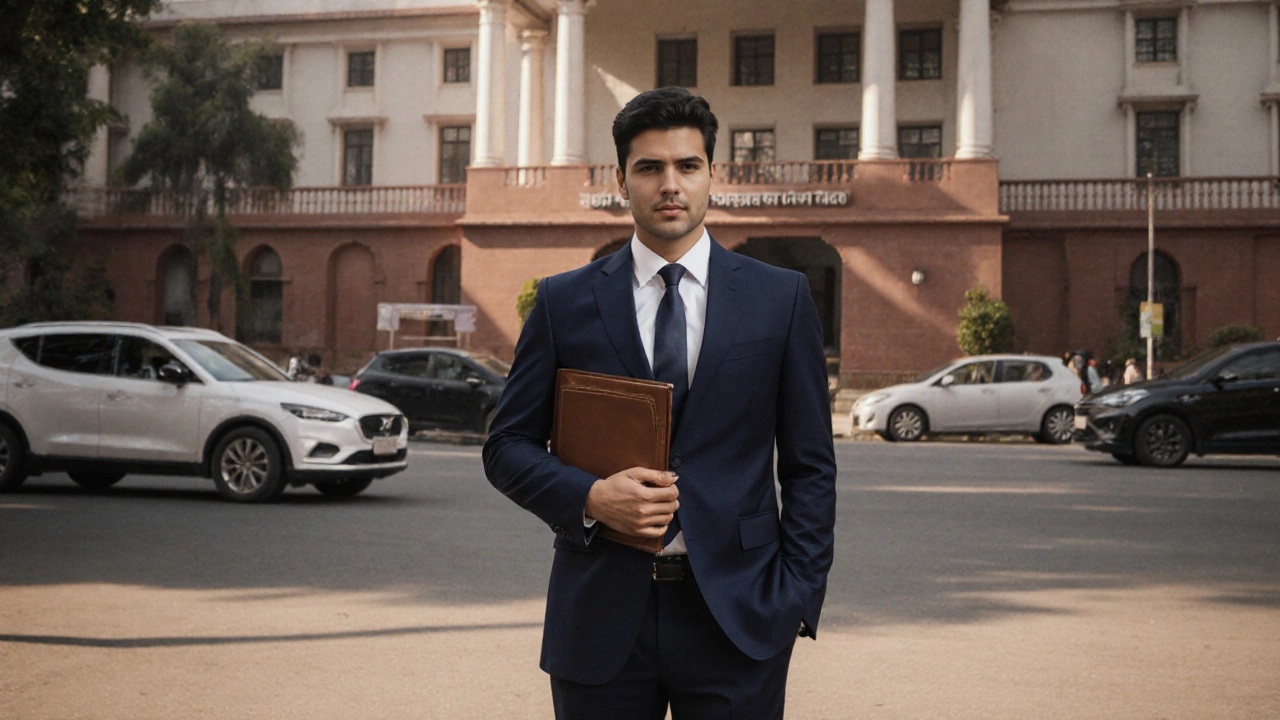Interview Clothing Tips: What to Wear to Make a Strong First Impression
When you walk into a job interview, your clothes speak before you do. Interview clothing tips, the practical guidelines for dressing appropriately for a job interview. Also known as professional interview attire, they’re not about looking fancy—they’re about showing you understand the rules of the game. Whether you’re applying for a corporate job, a tech startup role, or a retail position, your outfit sends a signal: are you serious? Are you prepared? Do you get the culture? It’s not about spending a lot—it’s about making the right choice.
There’s no one-size-fits-all answer, but there are clear patterns. For example, if you’re interviewing at a bank or law firm, professional dress code, the standard of formal clothing expected in traditional workplaces usually means a suit, closed-toe shoes, and minimal accessories. But if you’re heading to a creative agency or a remote-first tech company, interview attire, the specific clothing choices made to match a company’s culture during a hiring process might mean clean jeans, a button-down, and polished sneakers. The key is research. Look at the company’s website. Check their LinkedIn photos. See what employees are wearing. Then match that level—slightly more polished.
It’s not just about the shirt or the pants. It’s about the small things: Are your shoes clean? Is your shirt ironed? Do your nails look neat? These aren’t trivial. Employers notice. A wrinkled blazer or mismatched socks can undo hours of strong answers. And don’t forget smell. No cologne, no strong perfume. Just clean, neutral, and calm. Your goal isn’t to stand out for your outfit—it’s to stand out for your skills, and your outfit should help, not distract.
Women often wonder about accessories. A simple watch, stud earrings, or a single necklace is fine. Avoid anything that jingles, clinks, or draws attention away from your face. Men should skip the flashy ties or loud patterns. Stick to solids or subtle textures. And please—no hoodies, no flip-flops, no gym clothes. Even if the job is casual, the interview is not.
There’s a myth that if you dress too well, you’ll seem out of place. That’s not true. You’re not trying to blend in—you’re trying to show you belong. A well-chosen outfit says, "I’ve thought about this. I respect your time. I’m ready." It’s the quiet confidence that gets noticed.
Below, you’ll find real examples from people who landed jobs because they got this right—and others who lost out because they didn’t. These aren’t theories. These are stories from real interviews, with real outcomes. You’ll see what works in India, what works abroad, and what works for entry-level roles versus leadership positions. No fluff. Just what to wear, what to avoid, and why it actually matters.
